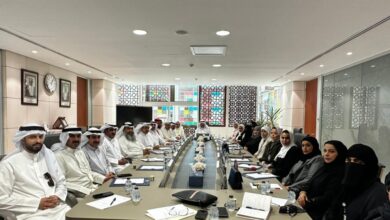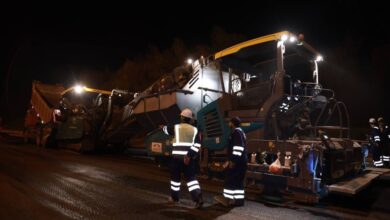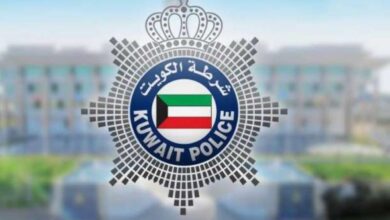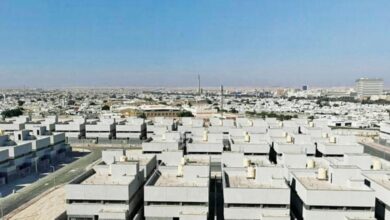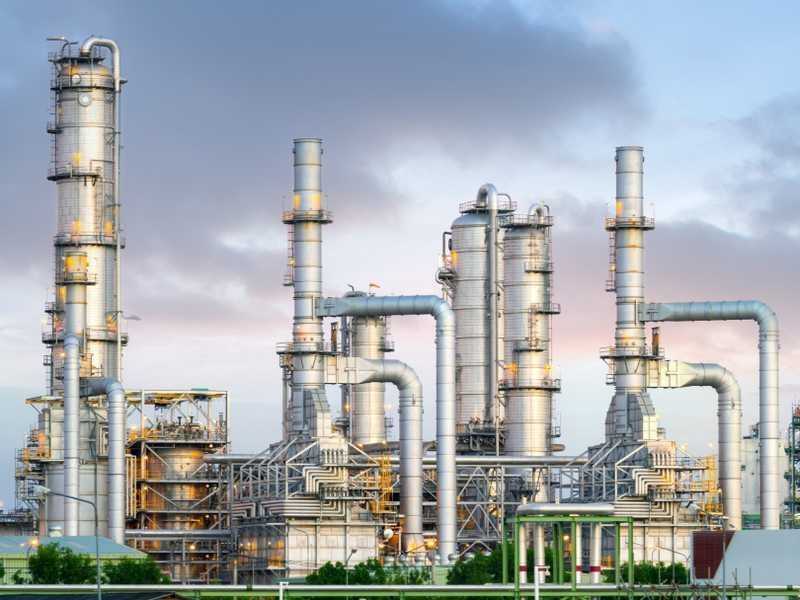
• Kuwait has exceeded its target for gas production in 2023-2024, reaching over 600 million cubic feet per day.
• The country aims to increase gas production to 780 million cubic feet per day in 2024-2025, 900 million cubic feet per day by 2025-2026, and eventually to 1 billion cubic feet per day.
• Kuwait’s gas production is considered competitive as it is extracted alongside high-quality light oil.
Kuwait has achieved a significant milestone in its energy sector by exceeding its natural gas production target for 2023-2024. This achievement highlights the country’s commitment to energy security and its efforts to reduce reliance on imported gas.
Production has surpassed the 600 million cubic feet per day (MMcfd) mark, demonstrating Kuwait’s dedication to its energy goals.
This success paves the way for the country’s ambitious plans to further increase production in the coming years.
According to informed sources at Al-Qabas newspaper, Kuwait expects to reach 780 MMcfd in 2024-2025, 900 MMcfd by 2025-2026, and eventually hit a remarkable 1 billion MMcfd.
Several factors are expected to contribute to this significant increase in production. The development of new gas fields and the implementation of advanced production technologies will play a crucial role in achieving these ambitious targets.
Al-Durra Gas Field and net export ambitions
Kuwait’s stake in the Al-Durra gas field, a joint venture with Saudi Arabia, is anticipated to reach 500 MMcfd upon commencement of production.
This substantial addition will significantly boost the country’s gas supply and propel it towards its goal of becoming a net exporter of gas.
The country is accelerating its efforts to transform itself from a gas importer to a major exporter.
These initiatives are gaining momentum, paving the way for Kuwait to achieve its ambitious gas production targets and solidify its position as a key player in the regional gas market.
Competitive advantage: Gas alongside high-quality oil
Kuwait possesses a significant advantage in its gas production. The country’s gas is extracted alongside high-quality light oil, making it highly competitive in the global market.
The Kuwait Petroleum Corporation (KPC) blends this light oil with Kuwait Export Crude (KEC) to further enhance its value.
Doubling production and export potential
Kuwait’s plans to double its natural gas production, particularly focusing on shale gas, will have a positive impact on the local economy.
By effectively utilizing its gas reserves, the country can address economic challenges and unlock new revenue streams through exports.
The global demand for gas has surged in the aftermath of the Ukraine war and the sanctions imposed on Russia.
This has created a shortfall in European energy imports, prompting European countries to seek alternative sources of oil and gas from regional producers.
The Kuwait Petroleum Corporation (KPC) is aiming to capitalize on this opportunity by becoming a gas exporter, which will significantly revitalize the country’s economy.
Kuwait boasts the largest Liquefied Natural Gas (LNG) import facility in the Middle East. This strategic infrastructure allows the country to participate in the global gas market, supporting its economic goals and reinforcing its clean energy transition plans.
The facility has the capacity to receive a staggering 22 million tons of gas annually, a remarkable amount equivalent to twice the consumption of the entire Arab region.
Jurassic production projects: A driving force
The implementation of the Jurassic Production 4 and 5 projects by Kuwait Oil Company (KOC) in the Raudhatain and Umm Niqa fields played a critical role in achieving the company’s gas production targets.
Operations at these state-of-the-art facilities, JPF 4 and JPF 5, commenced earlier this year, adding a significant 320 MMcfd of associated gas and 100,000 barrels per day (bpd) of light oil to the national output.
These advancements are expected to further increase production capacity from the current 630 MMcfd to a projected 950 MMcfd of gas in the near future.
Exploring a different reservoir
Natural gas exists in two primary forms: associated gas and free gas. Free gas, unlike its associated counterpart, is found dissolved in rock formations within the reservoir and contains minimal amounts of oil.
Extracting free gas presents a unique challenge due to the extreme depths and demanding conditions of the reservoirs.
To overcome these challenges, KOC employs a team of highly skilled professionals and utilizes specialized equipment along with cutting-edge technology.
Currently, KOC drills an average of 22 to 23 free gas wells annually, with over 100 active wells already in operation.
Light oil becomes a valuable byproduct
As previously mentioned, gas production in Kuwait benefits from its association with high-quality light oil.
This light oil is highly sought after in the global market due to its premium pricing. The Kuwait Petroleum Corporation (KPC) strategically blends this light oil with Kuwait Export Crude (KEC) to enhance its overall purity and value.
This blended crude oil becomes even more desirable for refineries worldwide.









